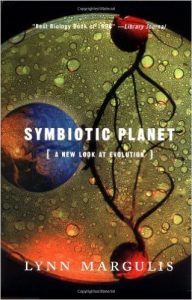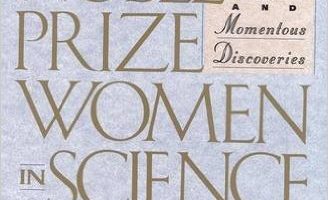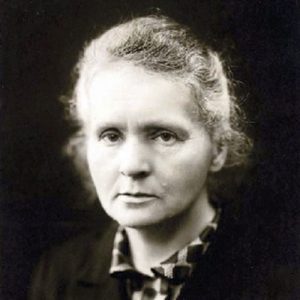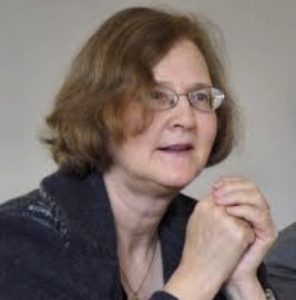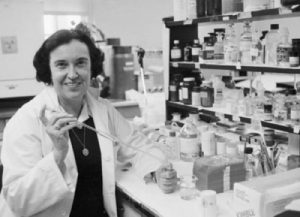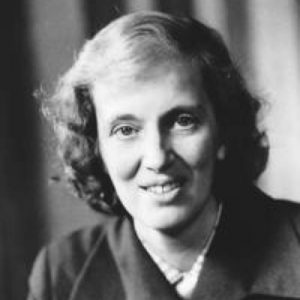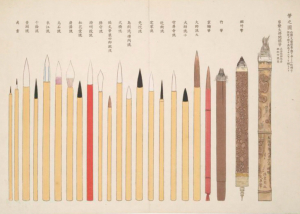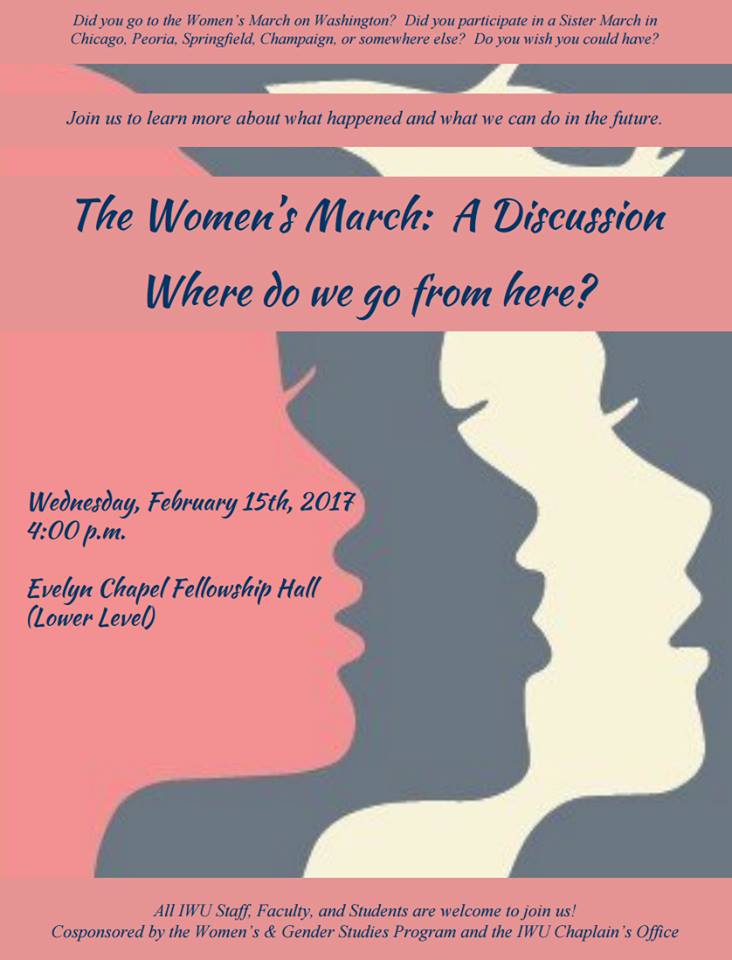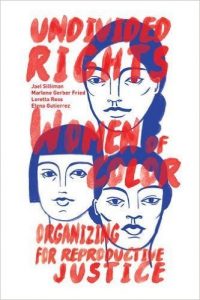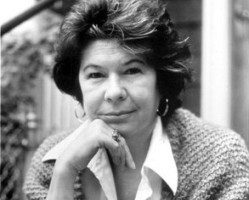
So you’ve heard a lot about fake news, misinformation, and fact checking. That you need to be a responsible consumer of information, political or otherwise. Political fact-checkers investigate submitted claims from politicians and other sources of authority for accuracy and then write stories about their findings.
The “big three” non-partisan political fact-checkers—Politifact, Factcheck.org, and the Washington Post‘s Fact Checker—came of age in the 2008 and 2012 presidential elections. Along with these other fact-checkers (listed below), several partisan sites exist.
-
Climate Change National Forum Fact Checker – Fact checks information specifically related to the science of climate change and related policy.
-
FactCheck.org – A project from the nonpartisan and nonprofit Annenberg Public Policy Center.
-
Hoaxy – From Indiana University, this site helps visualize the spread of fake news and hoaxes.
-
Politifact – Rates the accuracy of claims by elected officials and others who speak up in American politics.
-
Snopes.com – Researches and debunks myths, fake news, and rumors floating around on the internet.
So what do you do when you see a news story you think might be fake? Use one of the above sites or try finding other news articles that present the same ideas. This is called triangulation. Triangulation is a social science methodology of verifying information by finding the same information in multiple sources.
Say you figure out you’re reading something fake. What then? Check out this Buzzfeed article on reporting fake news and preventing it from spreading on Facebook.



